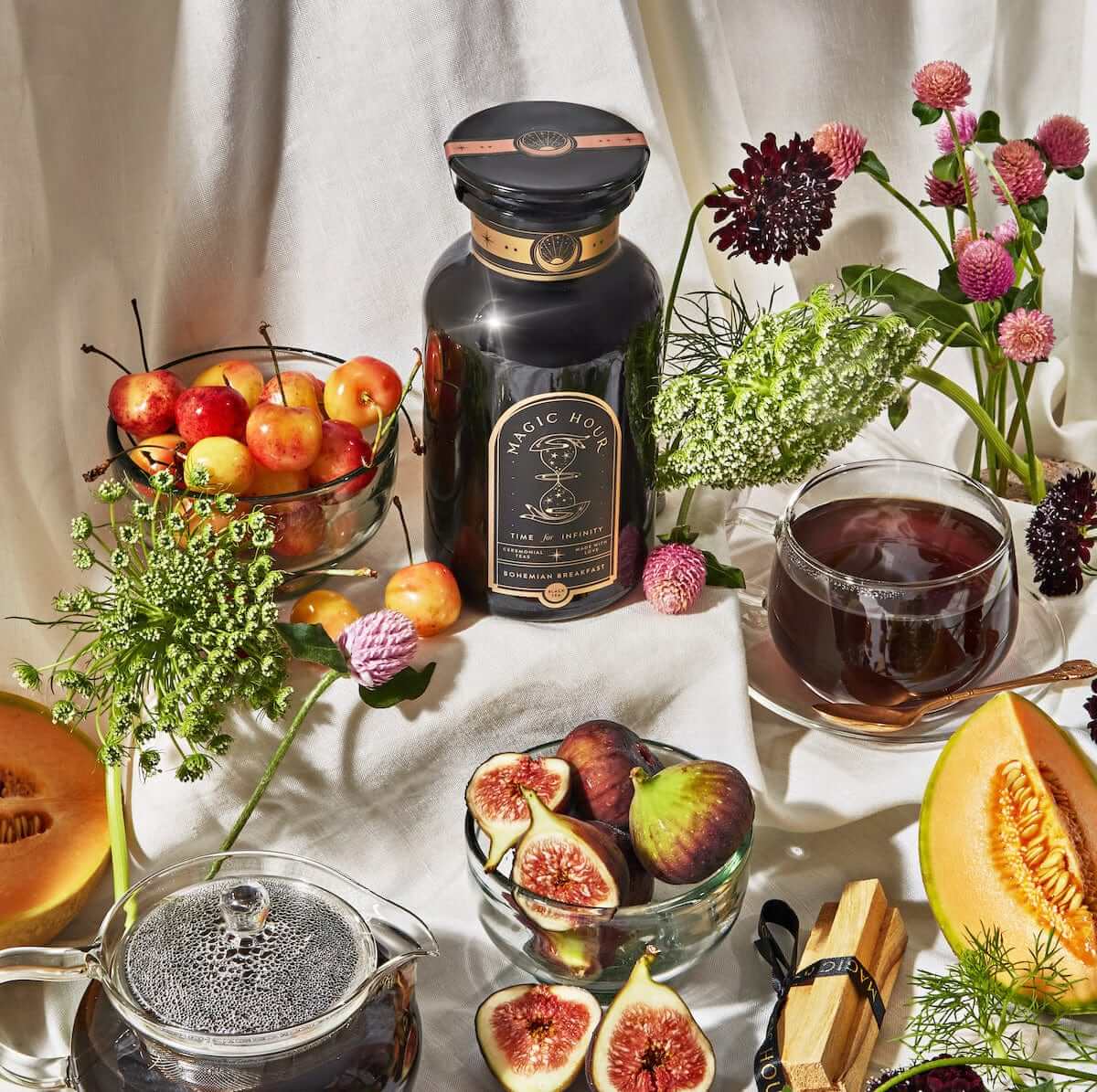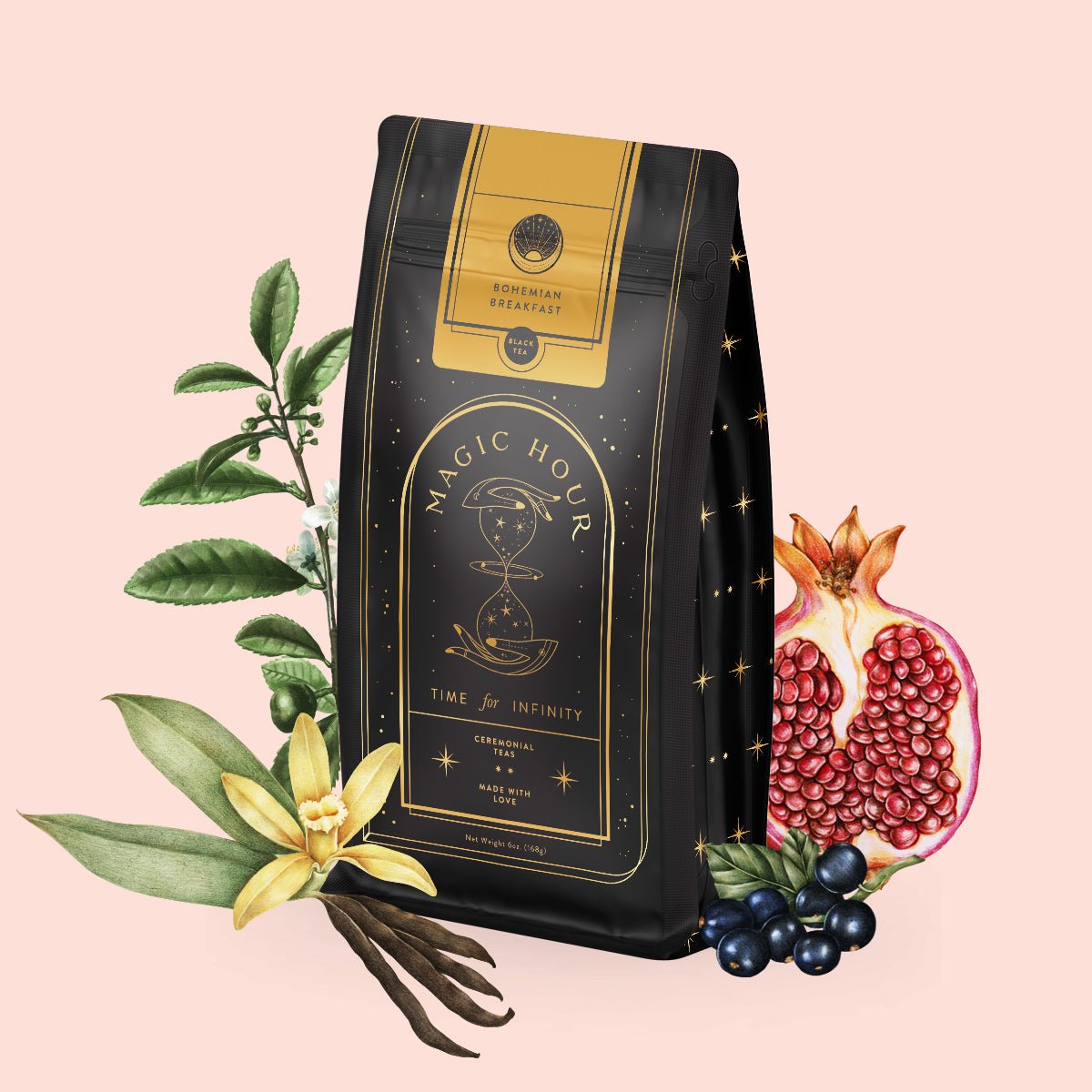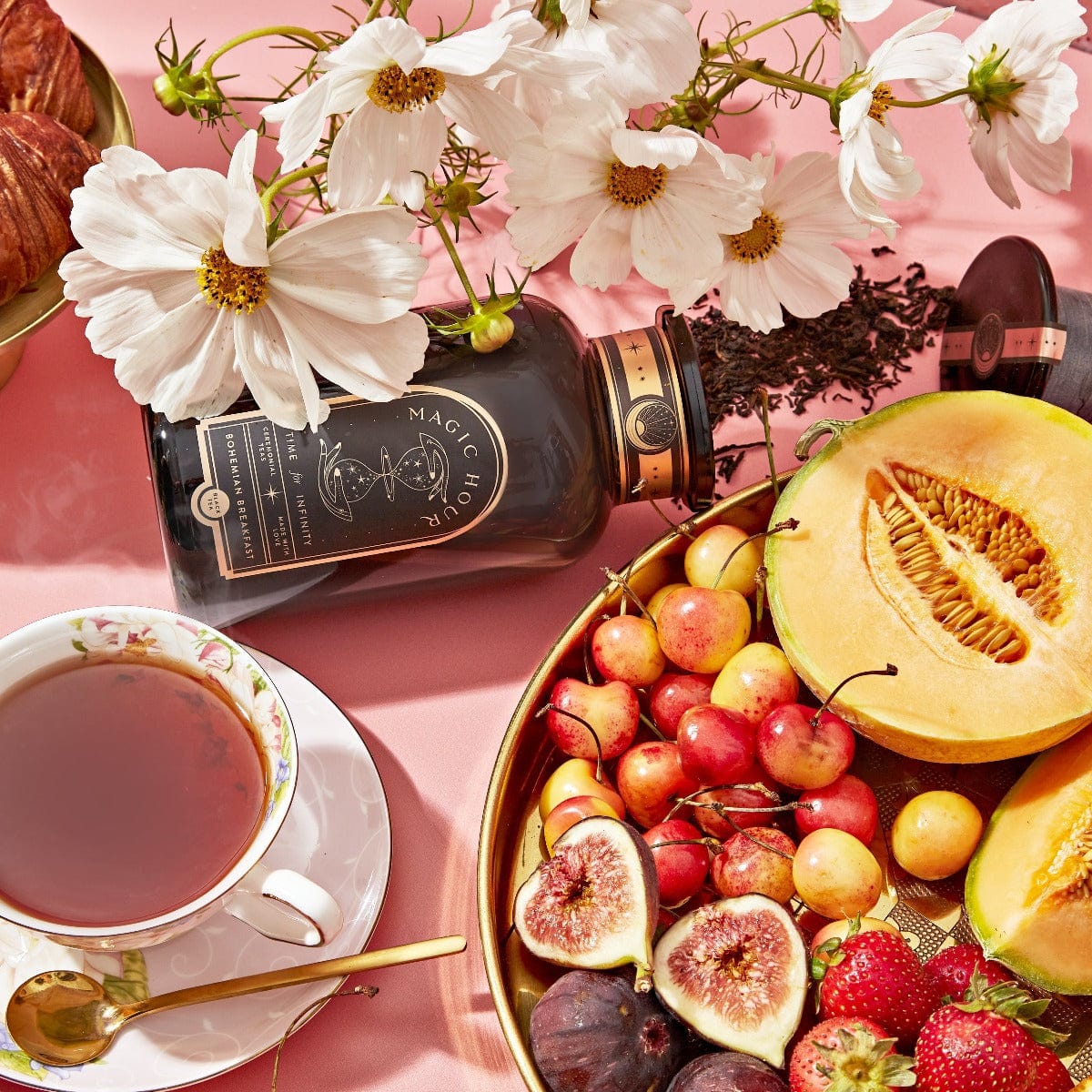To freeze or not to freeze your tea. This is a controversial topic in the beloved tea community. While some tea drinkers say yes, others argue that it affects the quality of the tea.
The truth is that freezing certain types of teas is a great way to store them for longer and preserve flavor. But some teas don’t work well in the freezer.
Let’s explore the teas you can freeze, why you store them like this, and how to do it properly.
Can You Freeze Tea?
Yes, you can freeze certain types of tea.
Freezing tea helps preserve your favorite blend’s delightful aroma — as well as the distinct flavors you’ll find in dark teas.

According to science, freezing preserves the important components in tea, like antioxidants, amino acids, and volatile compounds. These components give tea its nuanced flavors, health benefits, and distinct aromas.
But, to maintain the quality of your tea leaves, there are certain storage methods you should follow.
Let’s look at what teas to use and how to properly freeze loose tea leaves so they stay fresh and delicious.
Which Teas Can You Freeze?
Choosing which teas to freeze comes down to the oxidation process.
Processing oxidized teas bruises the leaves. This breaks the cell walls, so enzymes in the leaves cause natural oxidation.

This process is more intense in all types of black and dark teas, which gives them a richer flavor.
On the other hand, different types of green teas and delicate oolongs undergo minimal oxidation, which preserves their delicate aroma and subtle flavors.
But, since these teas go through little or no oxidation, they have a higher moisture content.
When frozen, this moisture freezes and swells. This can damage their cell structure and activate unwanted enzymes. These enzymes alter the tea’s flavor, ridding it of its subtle, grassy notes.
So, in short …
Do freeze: Black, aged, dark (like Puerh), and less delicate oolong teas.
Don’t freeze: Lighter teas like green, white, yellow, and finely-delicate oolong.
Pros and Cons of Freezing Tea
Freezing tea is a practical way to extend its shelf life and preserve its delightful flavors.
Let’s look at the pros and cons of freezing as a storage method for tea.
Pro: Longer Shelf Life
Cold environments slow down microbe activity that causes food degradation.
By slowing down the growth of microorganisms, tea spoils less quickly. So, your fresh batch of loose tea leaves can last longer without losing quality.
Pro: Preservation of Flavor
Freezing tea preserves the essential taste and aroma compounds.
These include:
- Polyphenols (including catechins): While known best for their health benefits, polyphenols contribute to tea’s astringency and bitterness. These compounds break down more slowly in the cold.
- Amino acids: Crucial to tea’s flavor profile, amino acids offer sweetness and umami (savoriness). Freezing prevents amino acid degradation, preserving a richer taste.
-
Soluble sugars: Giving tea its sweetness, soluble sugars keep better at lower temperatures.
Pro: Easy Way to Prepare Iced Tea
It’s not just loose leaves that work well in the freezer.
You can also freeze tea you’ve already brewed to make an easy iced tea.

Simply brew a strong batch of tea and freeze it into handy ice cubes. Then, add cold water and enjoy!
Con: Danger of Freezer Burn
If stored properly, freezer burn isn’t an issue.
But if you store tea incorrectly, ice crystals can form on the surface of the frozen tea. We call this freezer burn.
The ice crystals pull moisture out of the tea, causing dehydration. Since water extracts can lock in the tea’s flavor, dehydration can leave the tea tasting flat and dull.
Con: Contamination of Other Flavors
If you don’t store your tea in the right containers, it can absorb food smells and freezer odors.
Foods with strong odors, such as fish, garlic, or onions, can release volatile compounds. Tea absorbs these smells easily, which can cause unpleasant flavors and a ruined batch of tea.
How to Freeze Tea Properly: Best Practices
Freezing tea is a great way to preserve its freshness and flavor.
Here’s how you can do it right to enjoy your favorite brews anytime — without compromising quality.
1. Choose the Right Containers
Whether you’re storing loose-leaf tea or tea bags, using the correct containers is pivotal.
Opt for airtight, watertight containers.
Containers need to be watertight to stop moisture from accumulating. Moisture accumulation speeds up the degradation process and leads to freezer burn.
Airtight containers protect the tea from further oxidation that can affect its flavor.

Glass or BPA-free plastic containers are excellent choices. Opaque watertight containers, like our violet glass apothecary jar, also work well.

Avoid using flimsy plastic bags or the original tea packaging. These don’t provide good enough protection, and they don’t seal well.
2. Fill and Seal Properly
Measure out the amount of tea you want to freeze.
Place it into your chosen container, leaving about 1-2 inches of headspace at the top. This allows for expansion during freezing.

For added protection, double wrap the container with plastic wrap. This gives you an extra barrier against air and moisture.
Label your container with the type of tea and the date you froze it. Place it in the coldest part of your freezer. This is typically at the back.
3. Freeze Only as Much as You Need
Yes, freezing tea does increase its storage life. But, if you want the best flavor, try to use it within 3-6 months.
Don’t freeze more tea than you can drink in this timeframe. Otherwise, it’s a waste.
Treat Your Tea With Care
Freezing tea is a great way to extend its shelf life and preserve the flavor of rich, darker teas.
But, when they’re not stored correctly, you risk freezer burn and flavor contamination.
Remember, some teas, like green tea, don’t freeze well. Instead, store tea in a cool, dark, dry place.
Experiment with options that freeze well to find your favorite approach.
Ready to start your tea-freezing journey with powerful healing blends? Visit Magic Hour now to find decadent teas you won’t be able to live without.






